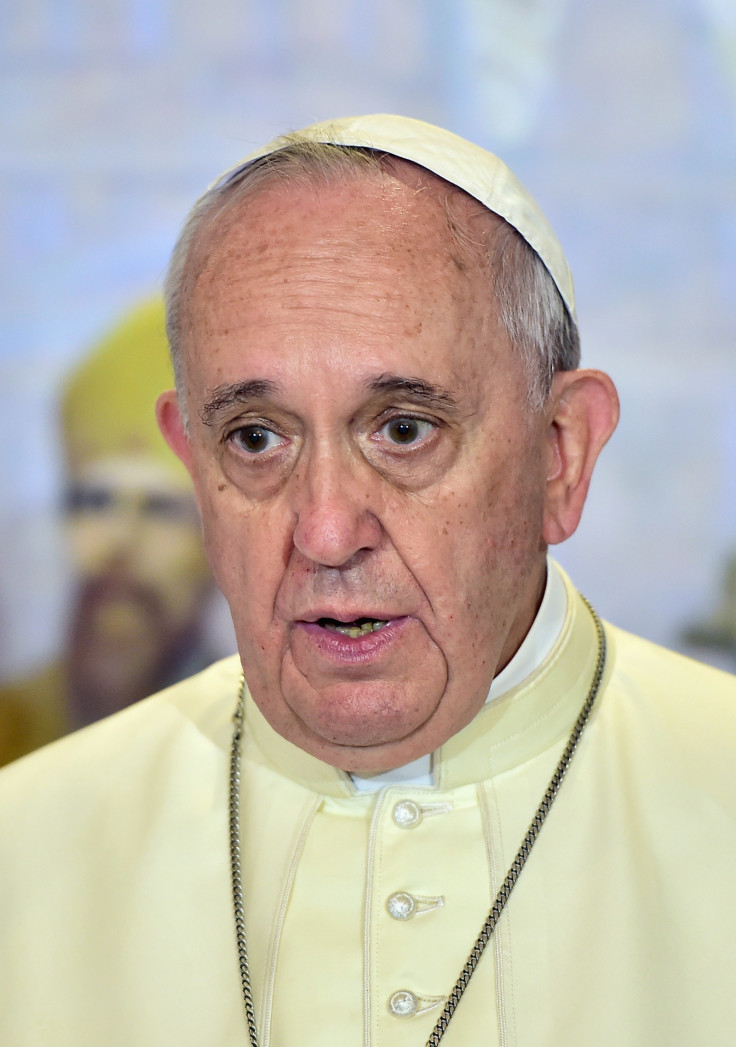Is it possible that a single act, a symbolic gesture, could resonate with millions across the globe and redefine an entire year? On Christmas Eve, Pope Francis initiated a series of ancient rituals, the opening of Holy Doors, a profound act signifying spiritual portals, marking the commencement of the Roman Catholic Church’s holy year, the Jubilee Year of Hope.
As the world prepared to celebrate Christmas, a different kind of anticipation filled the air in Rome. The focus wasn't just on festive decorations and gift-giving; instead, the eyes of millions of Catholics were fixed on St. Peter's Square in Vatican City. There, a momentous event was about to unfold, an event steeped in tradition and rich with symbolic meaning. The opening of the first of five Holy Doors, sacred portals, was poised to launch the 2025 Jubilee Year of Hope, a year dedicated to reflection, forgiveness, and renewal. This ancient practice, revived by Pope Francis, is more than a mere ceremony; it is a powerful statement about faith, redemption, and the enduring relevance of the Catholic Church.
| Bio Data | Personal Information | Career | Professional Information |
|---|---|---|---|
| Full Name | Jorge Mario Bergoglio | Religious Leader | Head of the Catholic Church, Bishop of Rome, Sovereign of the Vatican City State |
| Born | December 17, 1936, in Buenos Aires, Argentina | Education | Studied at the Inmaculada Concepción seminary in Villa Devoto and later earned a degree in chemistry |
| Current Age | 87 years old | Ordination | Ordained as a Jesuit priest on December 13, 1969 |
| Nationality | Argentine, has Vatican City citizenship | Significant Roles | Archbishop of Buenos Aires from 1998 to 2013; Cardinal in 2001; Elected Pope on March 13, 2013 |
| Residence | Vatican City | Key Initiatives | Emphasis on social justice, environmental protection (Laudato Si'), interfaith dialogue, and reform of the Vatican bureaucracy. |
| Known for | Simplicity, humility, and his focus on the poor and marginalized | Notable Actions | First Jesuit Pope, first pope from the Americas, and the first pope to take the name Francis. He has shown a willingness to address controversial issues and promote greater inclusivity within the Church. |
Reference: The Vatican Website
The rituals commenced on Christmas Eve, with Pope Francis opening the first Holy Door. This act, repeated across various locations, symbolizes entry into a time of grace and forgiveness, a time when the faithful are invited to seek reconciliation with God and with each other. The Holy Doors, traditionally opened during Jubilee years, are not literal portals to another dimension, but rather, represent a metaphorical gateway to spiritual renewal. This year, the Pope is introducing a never-before-seen ritual. This signifies a departure from the normal routines.
The locations chosen for these openings hold particular significance. The opening of a holy door at one of the largest prisons in Italy, Rebibbia jail outside Rome, demonstrates the Church’s outreach to the marginalized and its message of hope and redemption to those often overlooked. The presence of Pope Francis, the spiritual leader of over a billion Catholics, in such settings is a powerful reminder of the Church’s commitment to inclusivity and compassion.
The anticipation surrounding the opening of the Holy Doors extended far beyond the Vatican walls. It was a global event, with millions of Catholics worldwide eagerly following the ceremonies. The Jubilee Year of Hope is not just a liturgical observance; it's an invitation to reflect on faith, to seek forgiveness, and to renew one's commitment to the values of the Gospel. It’s a call for all to consider their spiritual journey.
The preparations for the event involved much more than just physical construction. The significance of the Holy Doors themselves – what they symbolize and what they represent – also added to the preparation. The opening ceremonies will be broadcast worldwide.
The opening of the Holy Doors also serves as a reminder of the Church's core values: compassion, humility, and a deep commitment to serving those in need. It reflects Pope Francis's emphasis on these values throughout his papacy. It also echoes the call for all to live in the image of God.
The Jubilee Year is not merely about symbolic acts; it's about a profound transformation of the soul. The Holy Doors represent this, encouraging people to approach their faith with a renewed sense of devotion and dedication.
In the broader context of global events, the Jubilee Year provides a moment of respite and reflection. It’s an opportunity to put aside the distractions of daily life and to concentrate on what is most important: faith, family, and the pursuit of a more just and compassionate world.
The Jubilee Year of Hope will undoubtedly have a profound impact on the Catholic Church and its adherents. Pope Francis's initiatives, including the opening of the Holy Doors and the introduction of new rituals, are a testament to his vision for a more inclusive and engaged Church. The ceremonies are a vital part of the Catholic Church's holy year and a reminder of its values.
The events in Vatican City have also attracted the attention of world leaders, reflecting the global significance of the Catholic Church. The presence of dignitaries at ceremonies and services illustrates the Church's influence on the world stage.
It is crucial to understand that the opening of the Holy Doors is not a mere spectacle; it is a deeply spiritual act. This is not merely the opening of doors; instead, it is the opening of hearts, and of minds.

